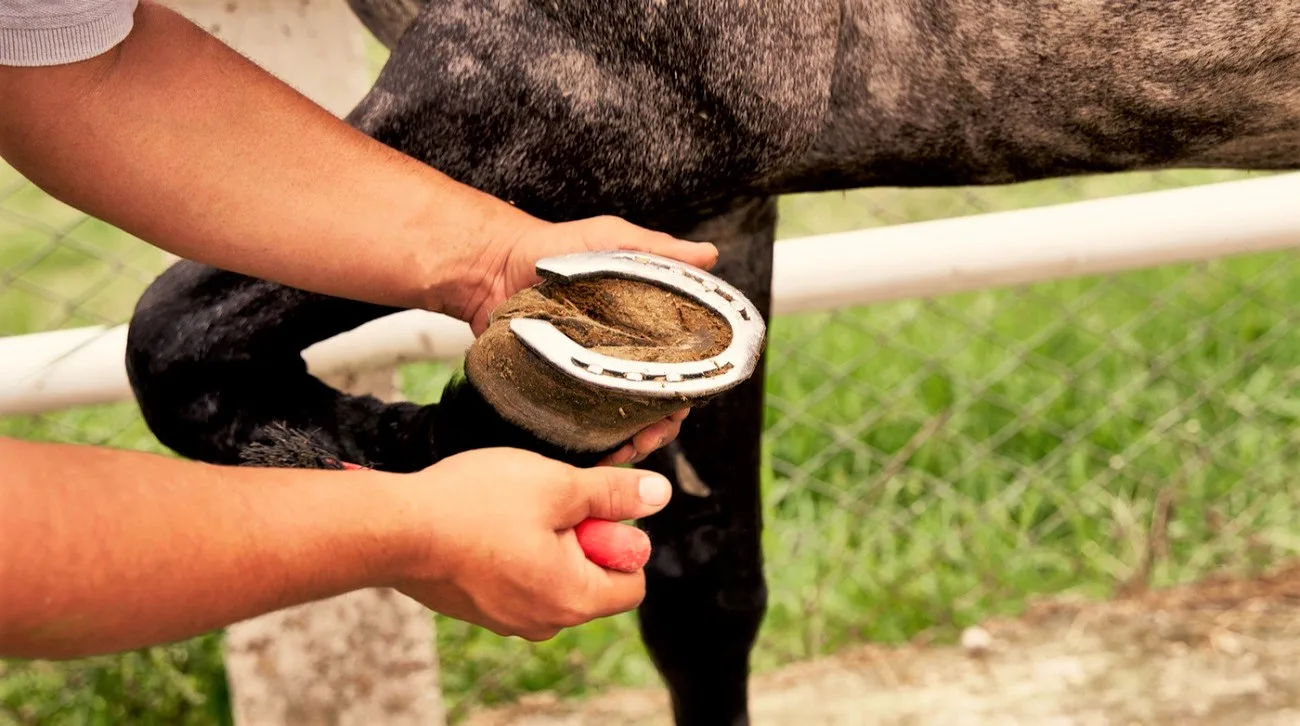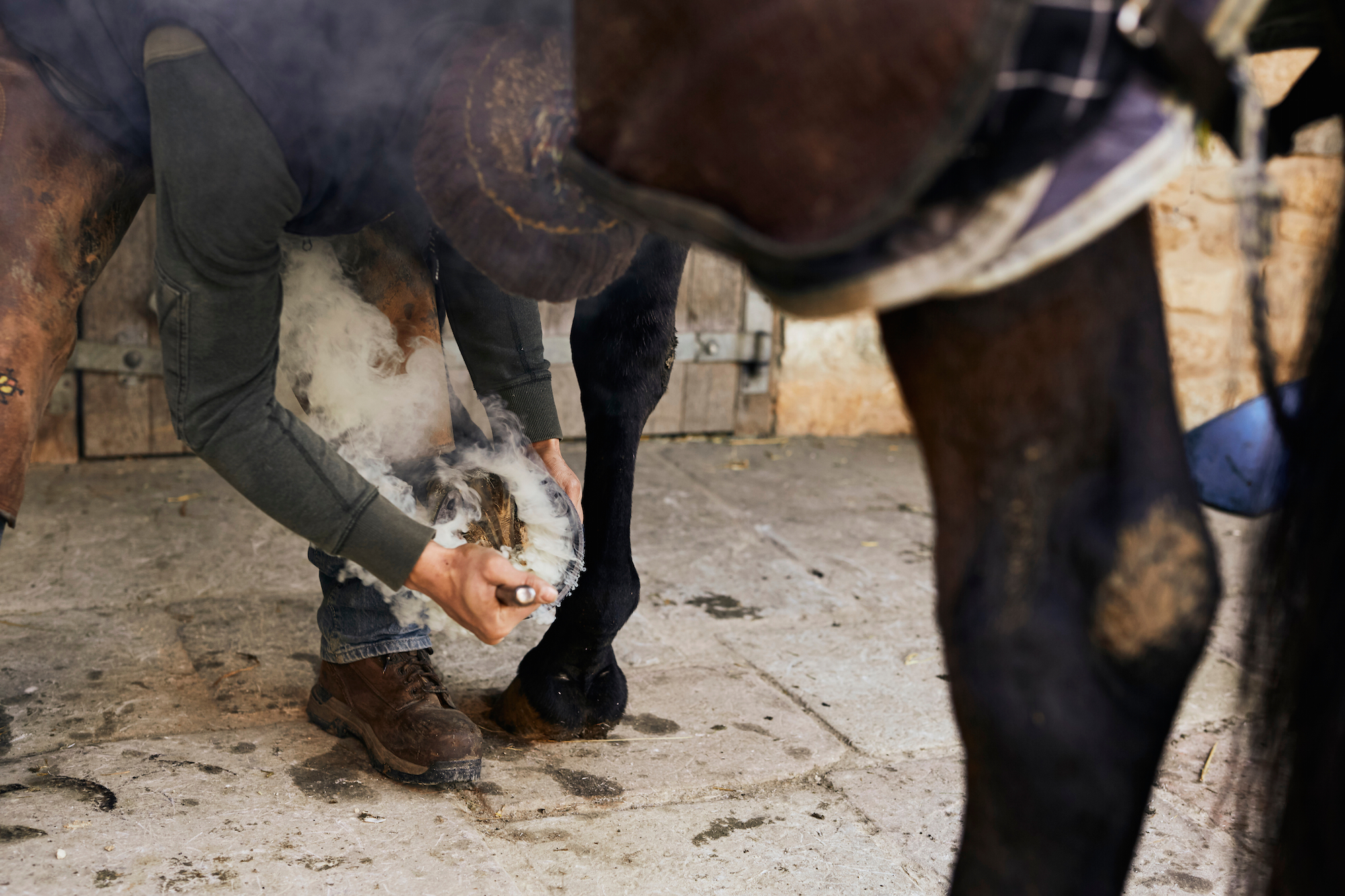Horse shoes have been a staple in the equestrian world for centuries. These metal shoes are affixed to the bottom of a horse’s hooves to protect them and provide traction. But what is the purpose of horse shoes, and why are they necessary for the well-being of horses? In this article, we will explore the history of horse shoes, their practical applications, and the importance of proper hoof care in the equine world.
The History of Horse Shoes

The use of horse shoes dates back to ancient times, with evidence of their existence found in archaeological digs dating back to the Roman Empire. Initially, horse shoes were crafted from materials such as leather and plant fibers, providing a rudimentary form of protection for the hooves of working horses. As blacksmithing techniques advanced, metal horse shoes became the standard, offering increased durability and reliability.
The Evolution of Horse Shoe Design
Over the centuries, the design and construction of horse shoes have evolved significantly. Early horseshoes were flat and lacked the distinctive “U” shape that is characteristic of modern designs. Today, horse shoes are made from a variety of materials, including steel, aluminum, and rubber, and are customized to fit the unique shape and size of each horse’s hooves.
The Role of Blacksmiths
Blacksmiths play a crucial role in the creation and application of horse shoes. These skilled artisans use traditional forging techniques to craft custom-fit shoes that provide the necessary support and protection for a horse’s hooves. The expertise of a knowledgeable blacksmith is essential in ensuring that the horse shoes are properly fitted and will not cause discomfort or injury to the horse.
The Purpose of Horse Shoes

The primary purpose of horse shoes is to protect the hooves of the horse from wear and injury. In the wild, horses naturally wear down their hooves through movement over varied terrain. However, domesticated horses often work on hard, man-made surfaces such as roads and arenas, which can cause excessive wear and tear on their hooves. Horse shoes act as a barrier between the sensitive hoof tissue and the ground, reducing the risk of injury and promoting overall hoof health.
Enhanced Traction and Performance
In addition to protection, horse shoes also provide enhanced traction, especially in challenging or slippery terrain. This is particularly important for performance horses, such as those involved in racing, show jumping, and dressage, where surefootedness is crucial. The added grip offered by horse shoes can improve a horse’s stability and confidence, ultimately leading to better performance and reduced risk of accidents.
Correction and Support
Some horses may require specialized shoeing to address hoof imbalances, conformational issues, or lameness. Through the use of corrective shoeing techniques, such as applying wedges or pads, blacksmiths and farriers can help alleviate discomfort and promote proper alignment of the horse’s skeletal structure. This is particularly beneficial for horses with conditions such as navicular syndrome or low-grade laminitis, where customized shoeing can provide much-needed support and relief.
The Importance of Proper Hoof Care

While horse shoes play a vital role in hoof protection and support, they are just one aspect of overall hoof care. Regular trimming and maintenance by a skilled farrier are essential for keeping a horse’s hooves healthy and balanced. Trimming helps prevent the overgrowth of hooves, which can lead to structural issues and discomfort for the horse. Additionally, maintaining proper shoeing schedules and addressing any signs of wear or damage to the shoes is crucial for preventing injuries and ensuring continued hoof health.
Diet and Environment
Beyond shoeing and trimming, a horse’s diet and living environment directly impact the condition of their hooves. A balanced diet rich in essential nutrients, combined with ample access to clean, dry turnout areas, supports overall hoof strength and resilience. Conversely, factors such as standing in wet, muddy conditions or consuming a diet lacking in key nutrients can contribute to hoof issues, making it essential for horse owners to consider the holistic care of their equine companion.
Regular Monitoring and Veterinary Care
Owners and caretakers should routinely monitor the condition of their horse’s hooves, looking for signs of cracking, bruising, or abnormal growth. Seeking the expertise of a veterinarian or equine podiatrist when concerns arise is crucial for addressing potential issues before they escalate. Regular veterinary examinations and diagnostic imaging can help identify underlying problems that may require specialized treatment or therapeutic shoeing to support the horse’s long-term soundness.
Curious about the world of horses and their behavior? Explore our articles on horse temperament meanings, horse sperm usage, and horse bowing behavior for more insight into the fascinating world of equine behavior and care!
Conclusion

In conclusion, the purpose of horse shoes extends beyond mere protection – they are a vital tool in promoting the overall health and performance of horses. From their historical roots to their modern applications, horse shoes serve as a means of safeguarding hooves, enhancing traction, and providing corrective support when necessary. However, it is essential to recognize that proper hoof care encompasses more than just shoeing; it involves a comprehensive approach that includes regular maintenance, monitoring, and attention to the horse’s diet and living conditions. By understanding the significance of horse shoes and the broader context of hoof care, horse owners and enthusiasts can ensure the well-being and longevity of their equine companions.



